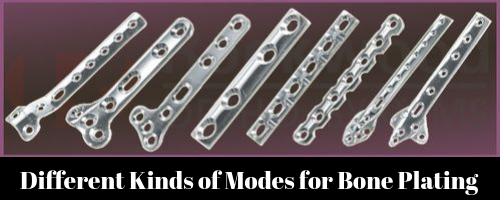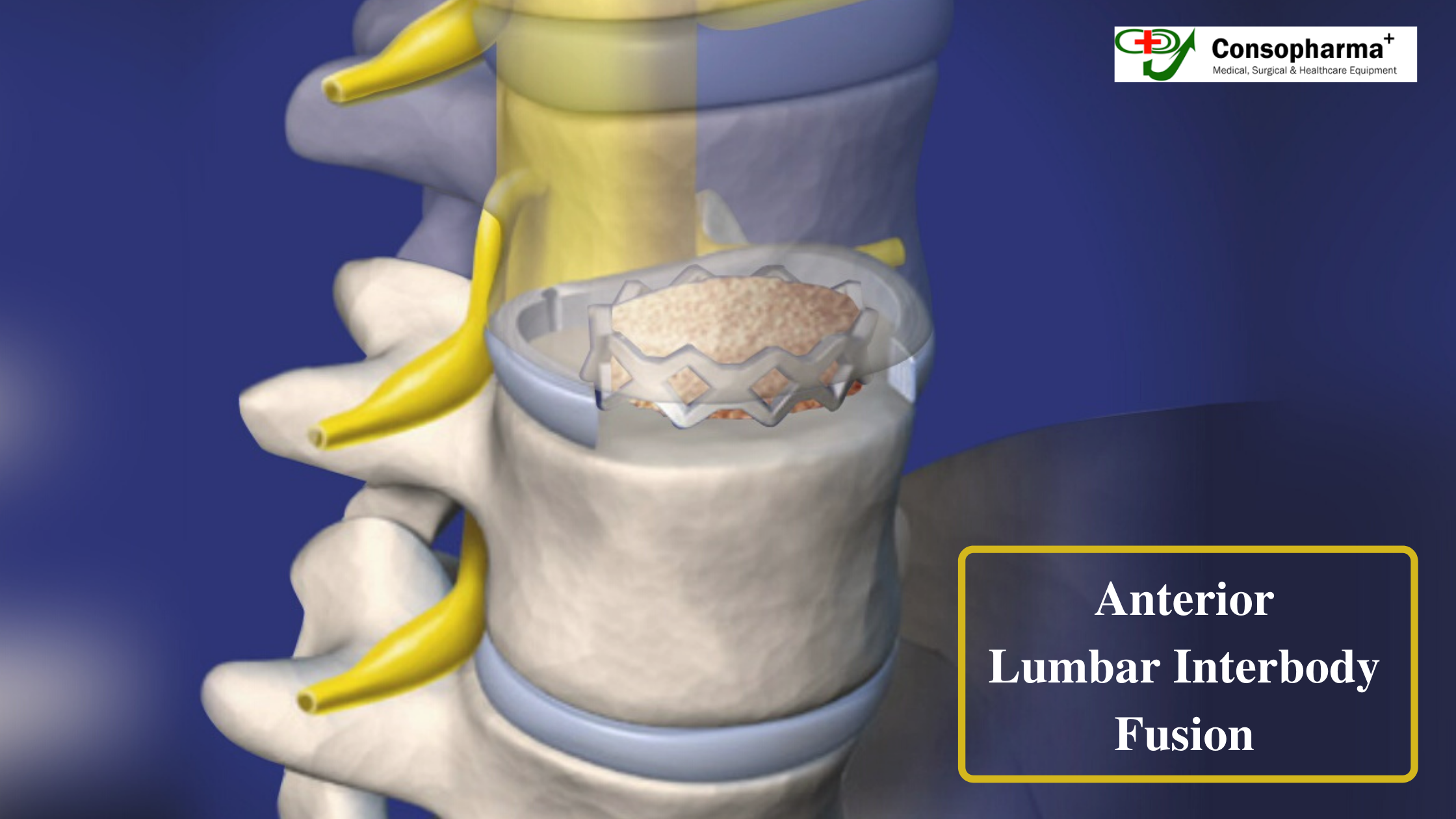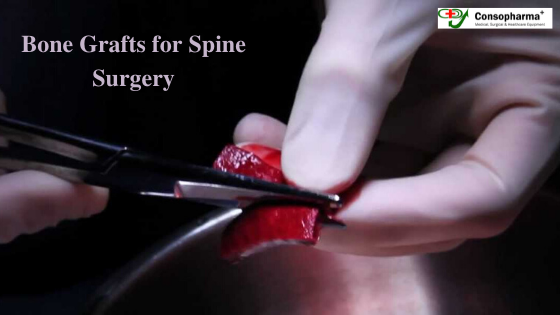Different Kinds of Modes for Bone Plating

Bone plates are an important aspect of the process involving internal fixation of fractures and are now widely used for various orthopaedic surgical procedures. They are used with different standard techniques throughout the body wherein different body parts demand different shapes and sizes of orthopaedic locking plate which are supplied by renowned orthopaedic locking plate suppliers. Here are different kinds of modes for bone plating that you must know about: –
Kinds of Modes of Bone Plating
- Compression ModeTwo types of compression plate have been evolved. One employs an axially oriented force produced by a separate screw or temporarily applied compression device, designed just for this purpose, as originated by Danis in 1949. The other, devised by me in 1956, is a so-called self-compressing plate, which generates compression force by inserting eccentrically placed chamfered screw-heads into slots in the plate so that the screws.
- Neutralization ModeIn this mode the lag screw is inserted separately from the plate and is an interfragmentary screw. Neutralization plates does not refer to a particular type of plate. By definition neutralization refers as to how a plate functions when a fracture is fixed.
- Buttress plateButtress plates hold in place the fractures at the end of long bones in a rigid manner. They are used especially at the knee and ankle, where the fracture site experiences distorting forces.
- Antiglide plateIt is the one-third tubular plate, which is placed posterolateral on the fibula in an antiglide position, indirectly reduces the fracture and acts as a buttress to resist the posterior and proximal displacement of the distal fragment.
- Bridge plating or span platingBiological bridge plating uses the plate as an extramedullary splint fixed to the two main fragments. The complex fracture zone is virtually left untouched; however, it is bridged by the plate. Length, alignment, and rotation are restored, but anatomical reduction of each fragment is not attempted.
The bone plates have to be strong enough as it carries the load of the body upon themselves. That is why a fractured portion needs an urgent solution by the means of bone plating. A plate-to-bone distance of 2 mm had the advantages of reducing axial stiffness and providing nearly parallel interfragmentary motion. The plate flush to the bone prohibits the dynamic function of the far cortical locking mechanism, and the 4-mm offset was too unstable for fracture healing.




